Today the Wall Street Journal listed all the data Facebook can grab when you upload a photo, based on Facebook’s privacy and data collection policies. The list illustrates what we’ve said before: Facebook doesn’t need to spy on your through your microphone, because you already let it spy on everything else you do.
As the Journal says, Facebook gets your photo, your caption, and which user profiles you tagged. It studies your photos with facial recognition tech to see who’s in them. (That means if you take a photo in public, Facebook might recognize more faces in the shot than you do.) But it also gets a lot more.
By uploading a photo to Facebook, you’re sharing where and when you took the photo, what kind of phone you’re using, what specific phone you’re using (your unique device ID), your mobile provider, nearby Wi-Fi beacons and cell towers (which can determine your current location), and more. You even share your battery level.
You can strip some of this data by editing the photo’s EXIF data or by changing your camera settings, but some data is shared just by opening the Facebook app. (Most social apps can get all the same data—the difference is whether they promise, or choose, not to.)
Facebook can then cross-reference all this data—so Facebook could theoretically record the location of anyone whose face it recognizes, whether or not you tag them. It can also cross-reference this data with everything it already knows about you. And as we’ve seen, this can make Facebook seem positively psychic.
It’s hard to remember that every time you share a small bit of data with Facebook, it learns so much about you. But as news comes out from Mark Zuckerberg’s Senate testimony, expect to hear a lot more about just what you’ve been sharing.




